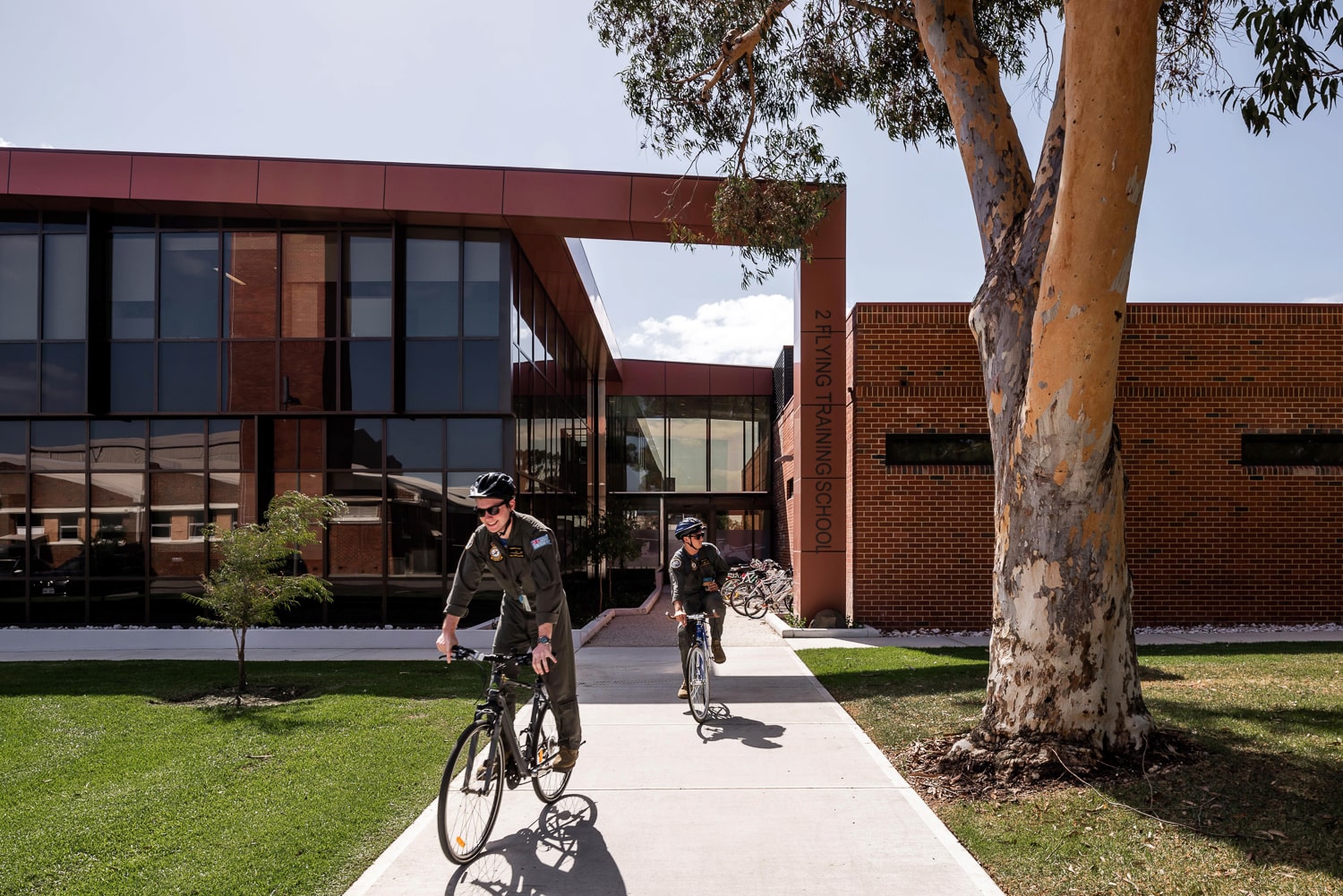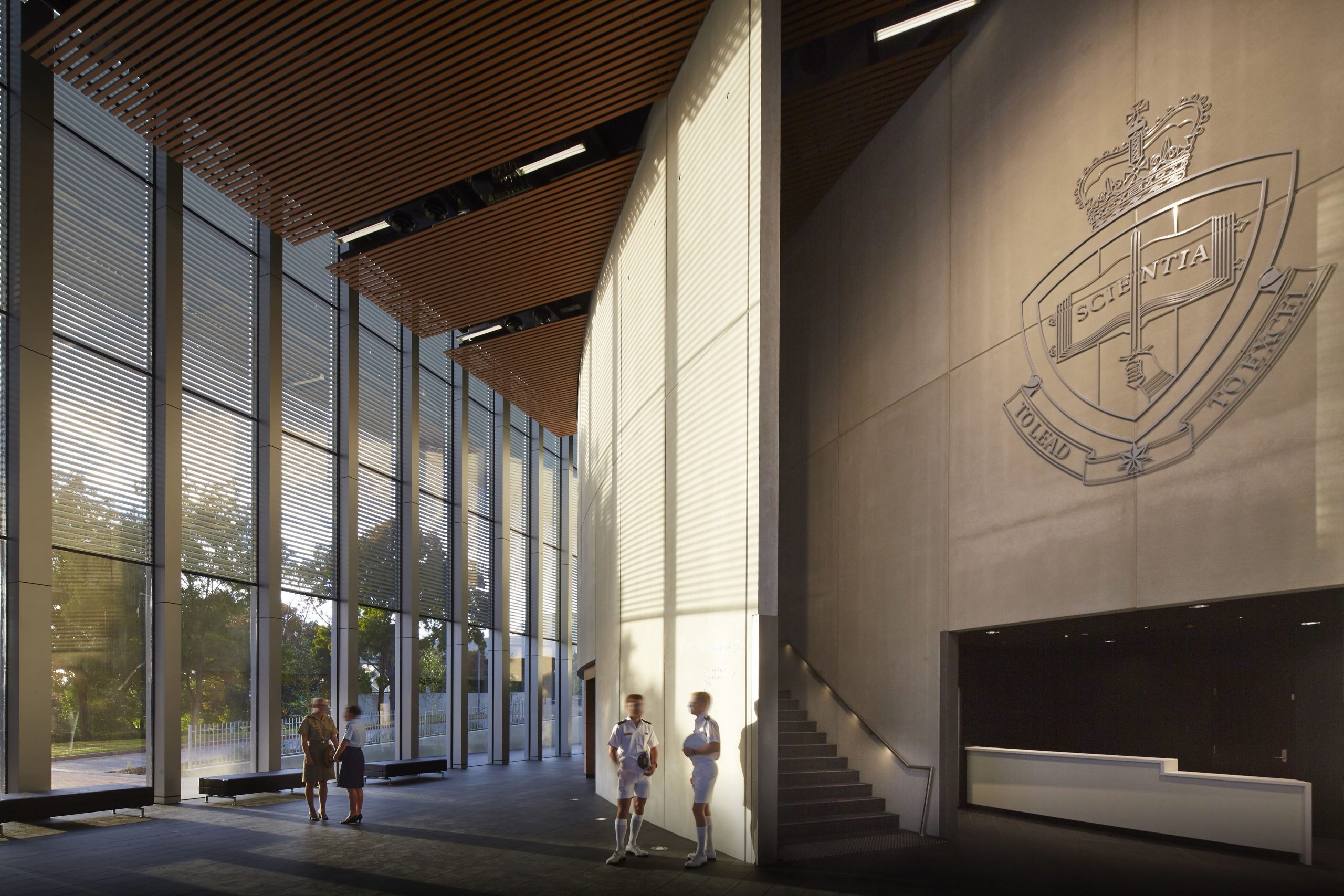HDR appoints key leaders to strengthen Defence capability
Share

Architecture, engineering and planning firm HDR has appointed and promoted key leaders that will strengthening its Defence capability and propel the sector forward at a critical time for Australia’s national security.
HDR’s newly appointed senior leadership team, which comprises Directors Stuart Aslett, Maurice Valentinuzzi and Alex Wessling, supported by Michelle Addley, Michael Shelley, Huey Moo, Brendan Grayson and Design Director Simon Fleet, will leverage their combined experience and deep industry knowledge to deliver complex projects and programs for the Department of Defence.
Check out: Australia needs to focus on boosting defence innovation
“HDR has been delivering Defence projects for over 30 years. We were the first practice to deliver a project under the Managing Contractor model, introduced in 1993 and were part of a design consortium that delivered the first ever Defence Public-Private Partnership project in 2004,” HDR Director of Defence Stuart Aslett said.
“With this depth of experience comes a deeply nuanced understanding of the shifting challenges and complexities of the sector, and the capability to deliver base redevelopments, capability facilities and operational and training environments that can sustain military capabilities for the next decade.”
In line with the appointment of key leaders, HDR will be working in partnership with GroupGSA to design the $1.8 billion Riverina Redevelopment Program. The program will stretch across three Defence establishments and deliver a variety of building typologies to meet the demand for recruits and trainees.
“In an increasingly complex geopolitical climate, building highly technical, agile and resilient Defence infrastructure requires significant industry collaboration, innovation and international engagement,” Aslett said.
“At HDR, we are uniquely positioned to tap into our global defence, science and technology exchange across the U.S, U.K and Europe to deliver these kinds of programs at speed.”
HDR is also developing data-driven design tools that can expedite processes and future-proof Australia’s Defence Estate and facilities. Through computational and generative design, manipulated parameters can now be rapidly evaluated in real-time to test the specific programmatic needs of Defence projects.
“Past Defence facility data analytics, such as meal pass data used to validate mess capacities, is helping us to simulate how new buildings can be best utilised,” Aslett said.
“Not only does this assist us in organising a Defence facility’s operation, but it ensures the space is highly adaptable and can be reconfigured for future use or expansion.”
Check out: Government and industries urged to invest in stronger cyber defences
All these can help HDR reduce embodied carbons on projects, produce climate-resilient infrastructure, and deliver highly flexible Defence precincts where science, technology and innovation intersect.

“With a strengthened and diversified leadership team, we are well-positioned to build on our capability edge and operate in a digitally charged and increasingly complex geopolitical climate.”
HDR has over 30 years of experience in the design and delivery of projects for the Department of Defence.
Eliza is a content producer and editor at Public Spectrum. She is an experienced writer on topics related to the government and to the public, as well as stories that uplift and improve the community.











Today’s Pick
11th Annual Aus Goverment Data Summit
April 1, 2025
7th Annual NZ Government Data Summit
May 7, 2025
3rd Public Sector Comms Week
May 14, 2025
Subscribe
We send emails,
but we do not spam
Join our mailing list to be on the front lines of healthcare , get exclusive content, and promos.
AI appointment Australia Australian boost boosts business businesses covid-19 cyber cyber attack cyber security cybersecurity data data breach data management defence Digital employment enhance enhances fraud funding governance government grants infrastructure Innovation Lockdown management new zealand NSW NZ online privacy public Public Sector queensland renewable energy scams security Social Media Technology telecommunications victoria
-

Understanding and building your digital strategy
Digital Government, Opinion
-

Featured Leader: Jamie Morse on multi-channel strategies for communication
Communications, Featured Leader
-

Featured Leader: Tegan Tembe of NSW Treasury on creating solid planning strategies and processes
Featured Leader
-

Wirraka Maya Health Service improves patient care with My Health Record
Learning
Show More-

Effects of ineffective communication in the workplace
Communications, Personal Development
-

7 ways you can enhance your personal development skills
News, Personal Development
-

5 advantages of working in the public sector
News, Personal Development, Professional Development
-

7 causes of communication issues in the workplace
Communications, News, Personal Development
Show MoreLast Viewed